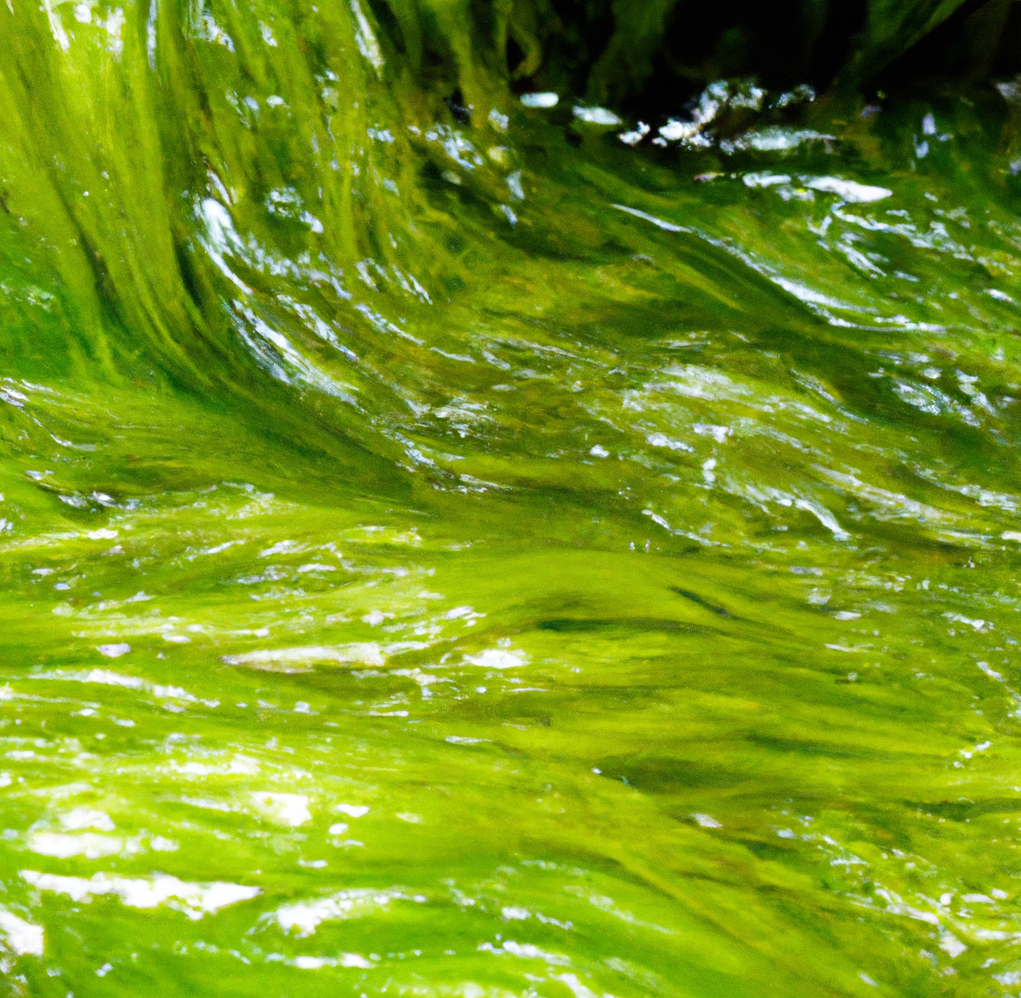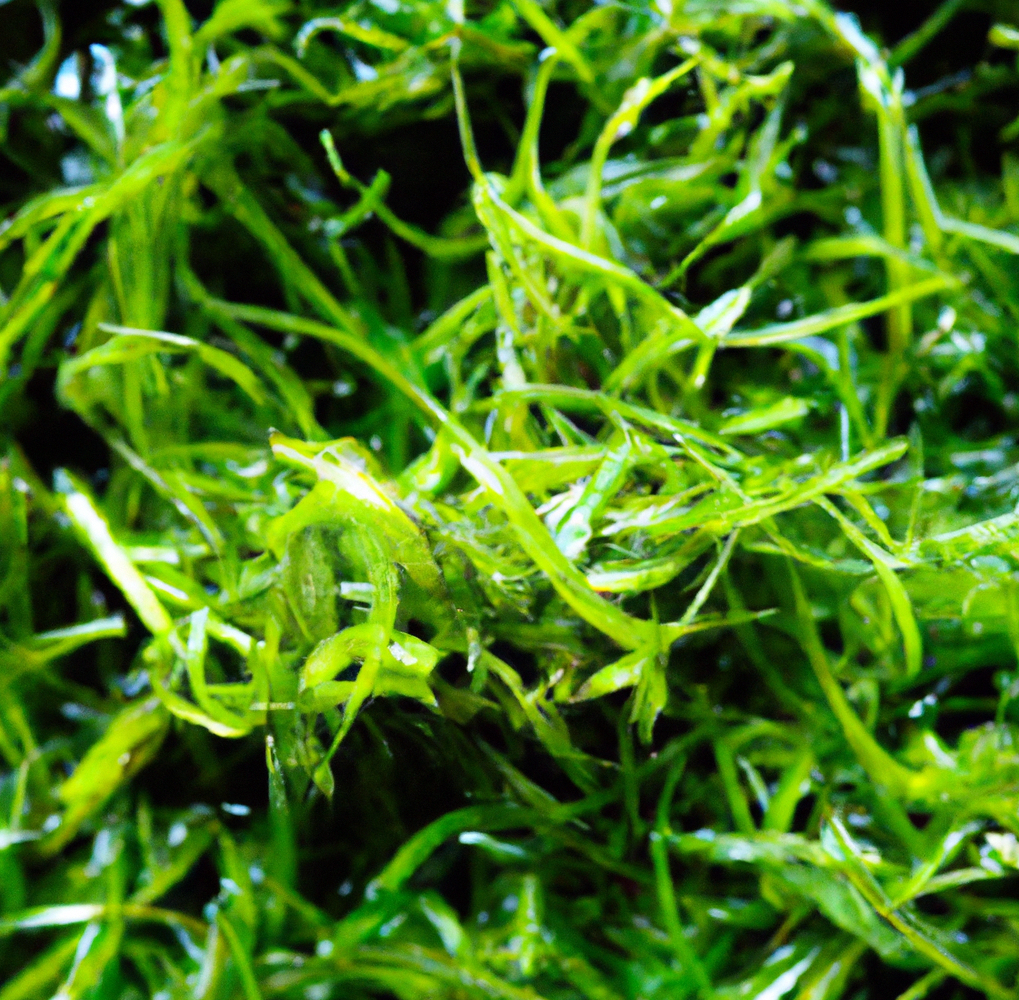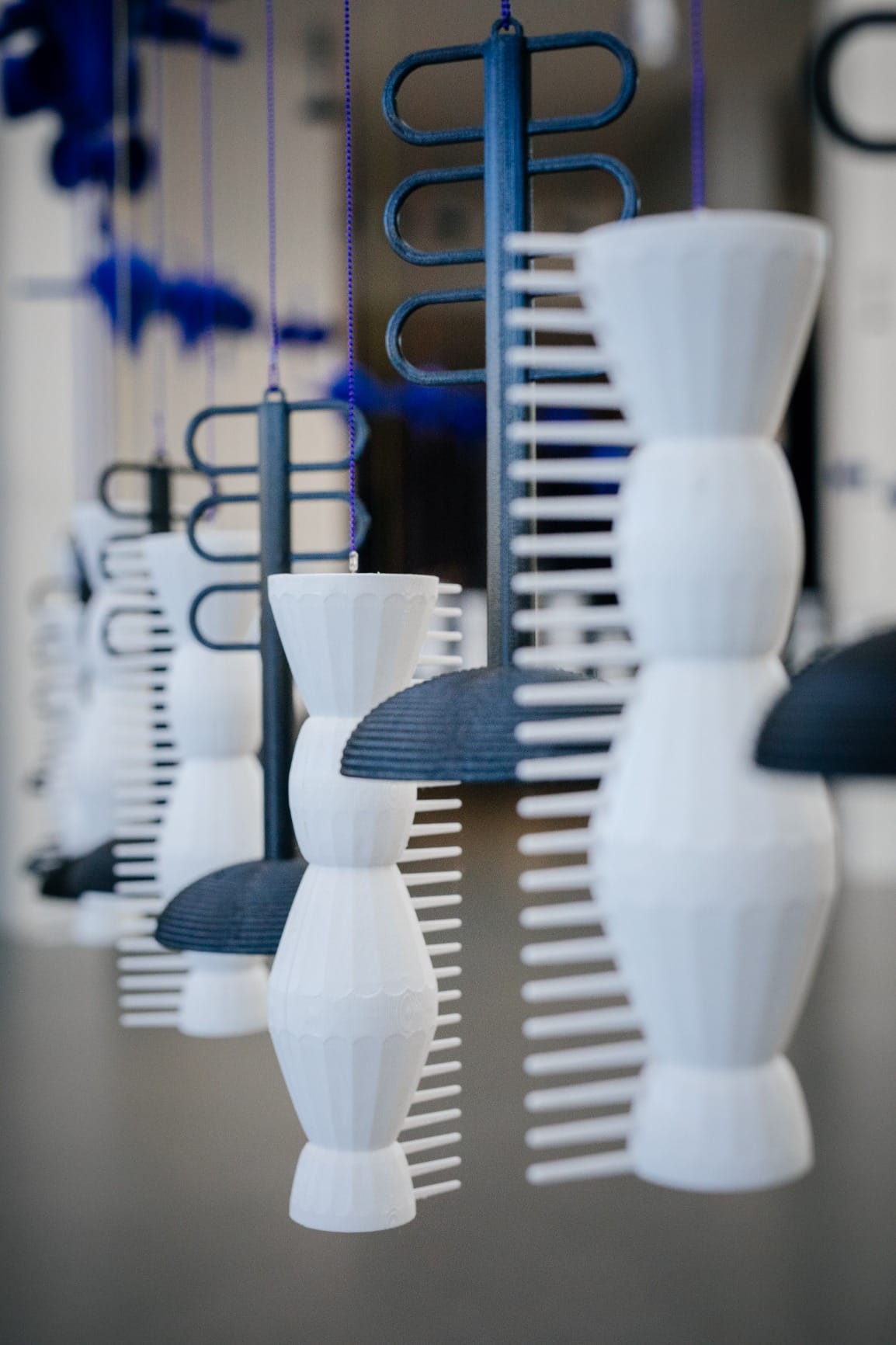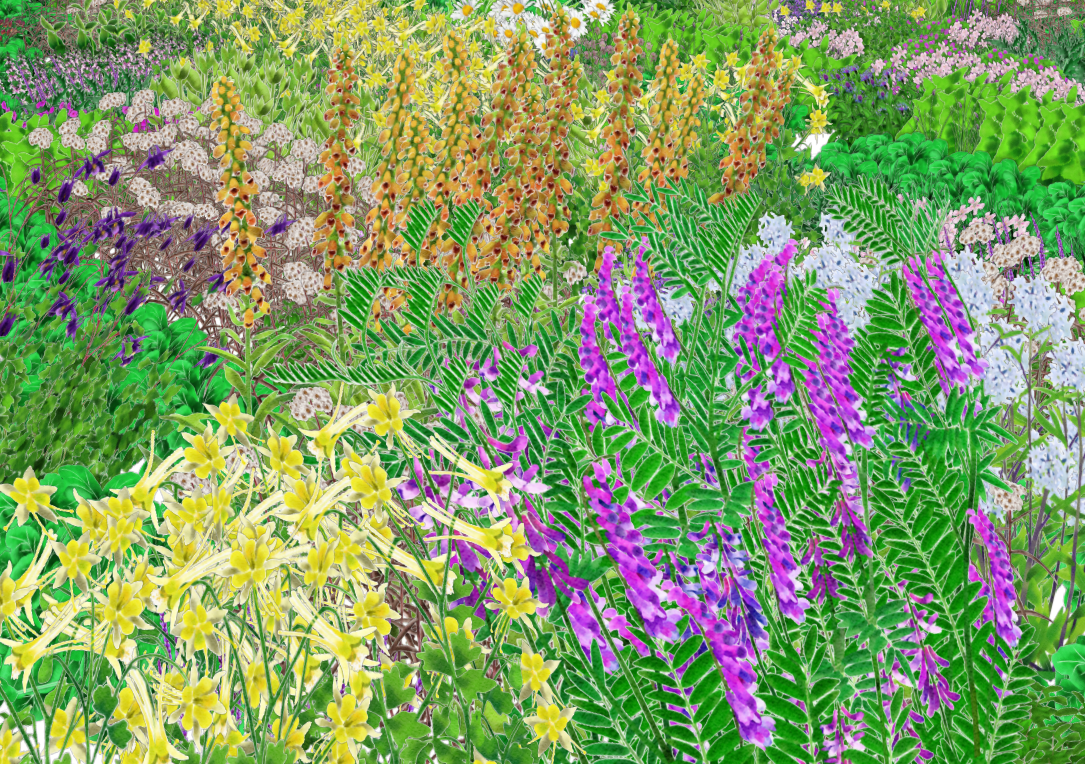In the quest for sustainable materials, designers are increasingly turning to the natural world. Among the emerging stars in sustainable design are algae-based materials, harnessing the power of these versatile organisms to create innovative and eco-friendly solutions. By capitalizing on the unique properties and potential of algae, designers across disciplines are finding opportunities to build a greener and more sustainable future.
Algae, often seen as an environmental nuisance, holds immense potential as a sustainable resource. These photosynthetic organisms can rapidly grow in diverse environments, requiring minimal water, land, and resources. Algae can be harvested sustainably, making it an abundant and renewable material for various design applications. By tapping into this natural powerhouse, designers are harnessing the potential to revolutionize industries with low-impact and resource-efficient solutions.
One of the key advantages of algae-based materials lies in their sustainable production methods. Algae can be cultivated using minimal resources, including water and nutrients. Moreover, algae cultivation can help mitigate carbon dioxide emissions, as these organisms absorb CO2 during photosynthesis. By using algae-based materials, designers can contribute to reducing greenhouse gas emissionsand minimizing environmental impact throughout the production process.

Algae-based materials offer a world of possibilities across various design disciplines. In fashion, designers are exploring the use of algae-based textiles, creating sustainable alternatives to traditional fabrics. These materials offer breathability, moisture-wicking properties, and even natural UV protection. In architecture, algae-based panels and building systems are being developed, providing natural insulation, shading, and even the potential for energy production. Algae-based materials also find applications in product design, packaging, and biomaterials, expanding the boundaries of sustainable design innovation.

One of the most compelling aspects of algae-based materials is their biodegradability. These materials can decompose naturally, returning to the environment without leaving behind harmful residues. This attribute aligns perfectly with the principles of circular design, promoting a regenerative and waste-free approach. By embracing algae-based materials, designers contribute to closing the loop in product lifecycles and reducing the environmental impact of their creations.
While algae-based materials offer tremendous potential, challenges still exist. Further research is needed to optimize production methods, enhance material durability, and ensure scalability. Collaboration between designers, scientists, and industry stakeholders is key to unlocking the full potential of algae-based materials and driving widespread adoption. As innovations in algae cultivation and processing continue to evolve, the possibilities for sustainable design are boundless, opening doors to a future where nature's gifts are harnessed to create beautiful, functional, and environmentally friendly designs.

Algae-based materials are emerging as a sustainable design marvel, offering a host of advantages for designers seeking eco-friendly solutions. From their renewable nature and low environmental footprint to their versatile applications and biodegradability, algae-based materials hold tremendous promise for shaping a greener future – emerging as a design superhero. By harnessing the potential of algae, designers can create innovative and sustainable designs that contribute to a more harmonious relationship between humans and the environment. As the field of algae-based materials continues to evolve, we can anticipate even more exciting breakthroughs that push the boundaries of sustainable design, transforming our world one algae-powered creation at a time.





